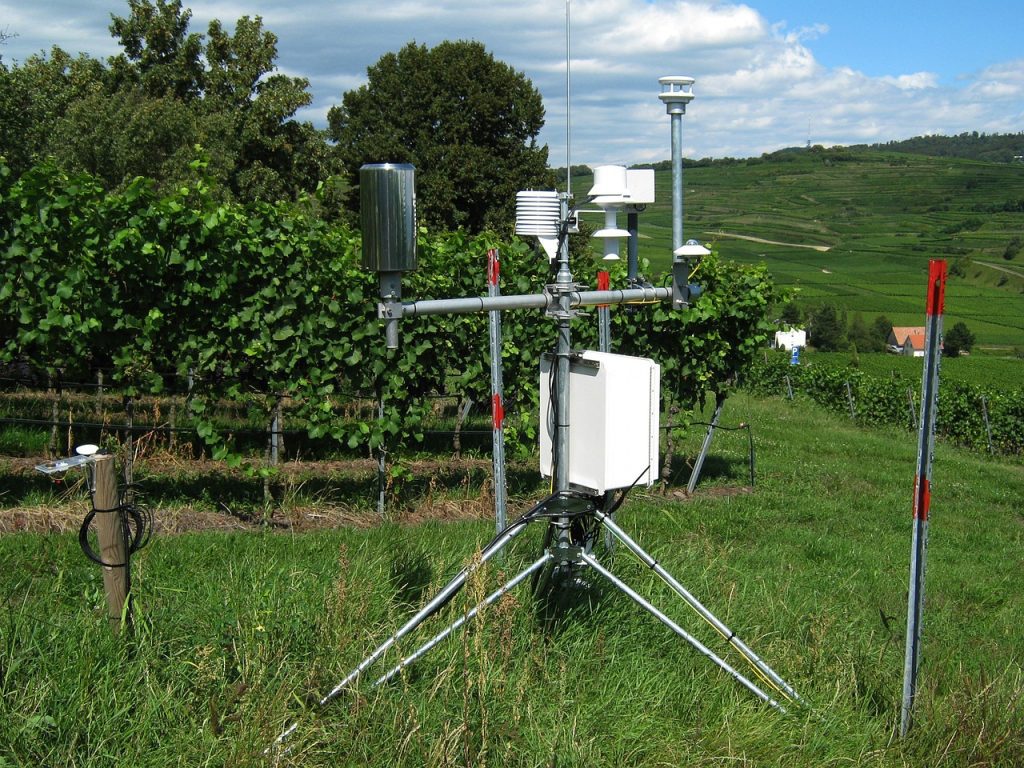CPO’s Climate Observations and Monitoring (COM) program is announcing two new two-year projects in Fiscal Year 2023 (FY23) that aim to improve the research on precipitation datasets. The competitively selected projects total four hundred seventy-nine thousand dollars in grants1. These precipitation projects, chosen in response to the Disaster Relief Supplemental Appropriations Act (DRSA) of 2022 and motivated by NOAA’s Precipitation Prediction Grand Challenge (PPGC) strategic objectives, will help improve NOAA monitoring and modeling capabilities. NOAA plays an important role in providing timely and accurate precipitation predictions to protect lives and property.

Credit: Pixabay
The Fifth National Climate Assessment, recently released by the U.S. Global Change Research Program, finds that climate change “will continue to cause profound changes in the water cycle, increasing the risk of flooding, drought, and degraded water supplies for both people and ecosystems. These impacts will disproportionately impact frontline communities.” In 2023 (as of November 8), the U.S. has experienced 25 weather/climate disaster events with losses exceeding $1 billion, including two flooding events, 19 severe storm events, one tropical cyclone event, and one winter storm event.
To reduce the severity of these impacts, NOAA scientists need to build new databases for precipitation information, and these projects will facilitate that work.
The two new projects2 funded by the COM Program in FY23 are:
- Improving and Expanding Gridded Snowfall Analyses and Season-to-Subseasonal (S2S) Snowfall Forecasts
- Snowfall is a critical resource within the hydrologic cycle of much of the continental United States (CONUS), especially in western states. Given this status, it is important to accurately quantify snowfall to maximize its benefits when it is abundant, and enable mitigation activities when it is lacking. This project will focus on the role of Snow-to-Liquid Ratio in analysis and forecasting by developing an improved methodology for a gridded snowfall product in the CONUS. This methodology will be then applied to create a novel gridded snowfall product for Alaska. The project will also produce a series of research-guided recommendations to produce S2S snowfall forecasts using output from the Unified Forecast System.
- PI: Andrew Rosenow, University of Oklahoma
- CoPI: Peter Veals, University of Utah
- Developing Long-term High resolution precipitation dataset using deep learning with multi-source Earth System Data
- The development of accurate, high-resolution gridded precipitation datasets over a long period of time is crucial for climate monitoring and forecasting. Although useful, current datasets exhibit great discrepancies and have different strengths and weaknesses. This project will develop an improved long-term high-resolution precipitation dataset over CONUS using machine learning techniques. It will integrate radar observations, gauge-based precipitation analysis data, climate reanalysis data, and satellite-based cloud data.
- PI: Di Tian, Auburn University
1The funding will be distributed over the life of the projects and future-year funding is conditional on appropriations.
2At the time of publication, all awards may not have been accepted by recipient institutions


